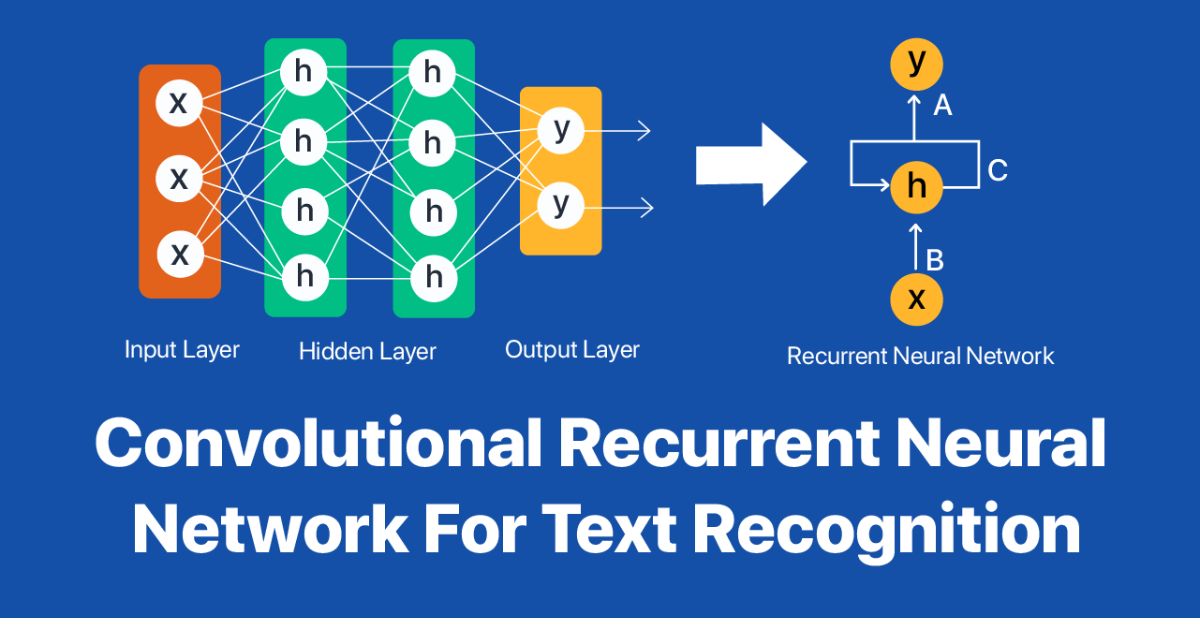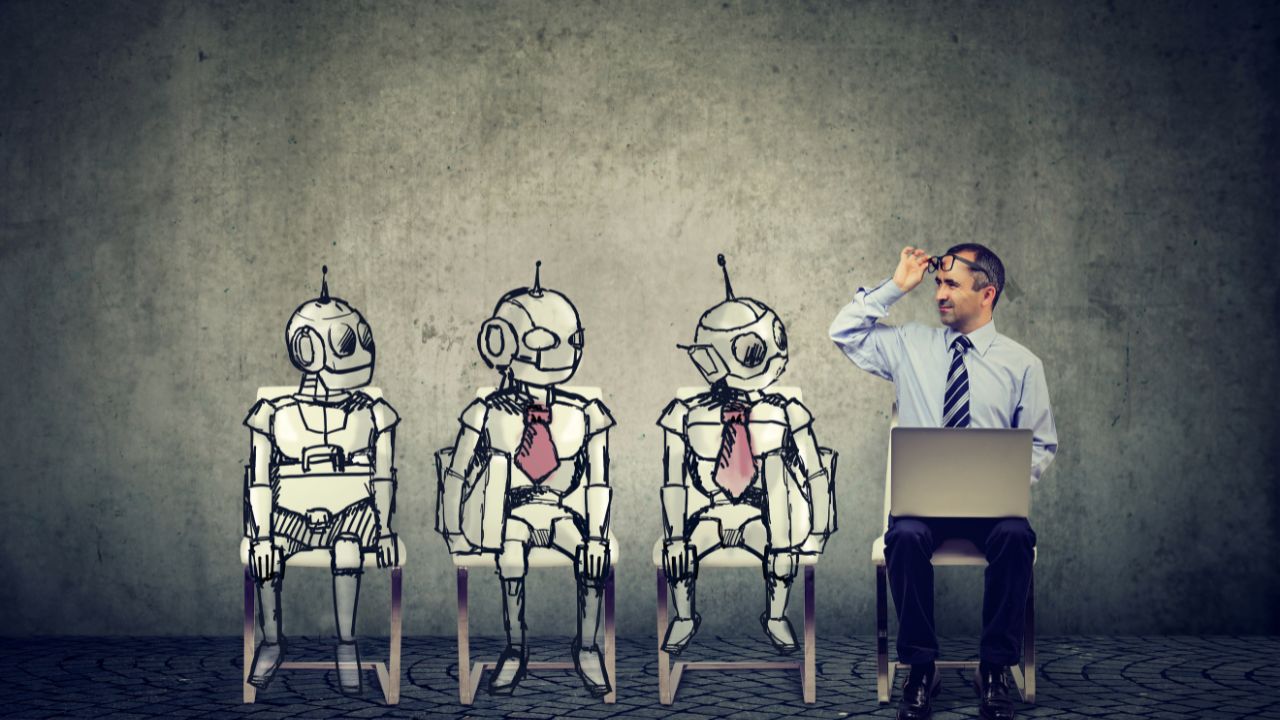Why Businesses Are Turning to AI-Based Image-to-Text Tools
October 24, 2025 · 4 min read • #AI#image-to-text#OCR#automation#business intelligence#data extraction
In 2025, AI-based image-to-text tools have become a vital part of business operations.
From automating document processing to improving accessibility and compliance, AI OCR (Optical Character Recognition) has transformed how companies handle visual data.
🌐 The Growing Demand for Intelligent Text Extraction
Every business — from startups to global enterprises — deals with a growing volume of unstructured data in images, PDFs, and scans.
Manual data entry is slow, error-prone, and costly, while AI-powered OCR can process thousands of documents in seconds.
Key drivers of adoption:
- Need for automation and digital transformation
- Growing importance of data accuracy and compliance
- Expansion of remote and cloud workflows
- Increasing use of AI-powered analytics
Related: The Future of Image to Text Conversion: Smarter AI Faster Results
🧠 How AI Is Revolutionizing OCR
Traditional OCR relied on fixed templates and pixel matching.
Modern AI-driven OCR uses machine learning and computer vision to interpret text contextually — just like a human reader.
Core technologies include:
- Convolutional Neural Networks (CNNs): Detect text regions and patterns.
- Natural Language Processing (NLP): Understand linguistic context.
- Vision Transformers (ViTs): Recognize complex layouts and multi-language documents.
- Edge AI: Processes data locally for faster, private performance.
Together, these advances make OCR more adaptive, scalable, and accurate across industries.
Related: How AI Reads Text from Images: Inside the OCR Revolution
⚙️ Top Business Benefits of AI-Based Image-to-Text Tools
1. Automation and Efficiency
AI OCR reduces manual labor and speeds up workflows by converting physical or digital documents into editable data instantly.
Businesses can automate tasks like:
- Data entry
- Invoice processing
- Document classification
This leads to faster decision-making and significant cost savings.
2. Enhanced Accuracy and Consistency
AI models learn from millions of samples, allowing them to handle:
- Handwritten or distorted text
- Multiple fonts and languages
- Complex backgrounds
The result: accuracy rates above 99% for printed text and 90% for handwriting — outperforming traditional OCR systems.
3. Cost and Time Reduction
Manual data handling consumes time and resources.
By deploying AI OCR:
- Employees can focus on high-value tasks
- Processing costs drop dramatically
- Turnaround time improves exponentially
For example, a logistics firm using AI OCR for invoice scanning can save hundreds of staff hours per month.
4. Improved Data Accessibility
Digitized text is easier to search, store, and analyze.
OCR turns scanned files into searchable, editable formats, allowing organizations to integrate them into CRMs, ERPs, and BI systems.
Related: Top 10 Use Cases for Image-to-Text Converters in 2025
5. Regulatory Compliance and Security
AI OCR tools help maintain compliance with data governance and privacy laws like GDPR.
Modern solutions perform text extraction locally or within secure enterprise environments, preventing sensitive data leaks.
Our AI Image-to-Text Tool processes everything client-side, ensuring no uploads, tracking, or third-party storage.
🧩 Real-World Applications Across Industries
🔹 Finance
Automate invoice and receipt scanning, verify transactions, and extract financial data.
🔹 Healthcare
Digitize medical forms, prescriptions, and patient records to streamline care and reduce errors.
🔹 Retail & eCommerce
Extract product information, SKU codes, and price tags to build or maintain online catalogs.
🔹 Logistics
Scan shipping labels, waybills, and manifests for faster fulfillment and delivery tracking.
🔹 Legal & Government
Convert physical contracts, records, and IDs into digital archives with full-text search capability.
Related: How Optical Character Recognition (OCR) Has Evolved with AI
🚀 The Competitive Edge of AI OCR in 2025
In 2025, businesses that integrate AI OCR gain a clear edge through:
- Automation-driven productivity
- Enhanced customer experience
- Smarter analytics from visual data
- Scalability for global operations
As AI models continue to improve, OCR is evolving into Intelligent Document Understanding (IDU) — capable of not just reading text, but interpreting and acting on it.
🔒 Privacy and Local Processing
Security is a top priority for businesses adopting AI tools.
Our AI Image-to-Text Tool operates completely in-browser, ensuring:
- No uploads or cloud dependencies
- Full data confidentiality
- Instant performance on any device
This makes it ideal for both enterprise and small business users.
💡 Final Thoughts
AI-based image-to-text tools are reshaping how businesses operate — unlocking automation, precision, and speed at scale.
By embracing OCR powered by deep learning, companies can turn visual data into actionable intelligence — faster, smarter, and more securely than ever before.
🧰 Try It Yourself
Explore the power of AI OCR for your business:
- AI Image-to-Text Tool — Extract text instantly with full privacy
- Image Compressor Tool — Optimize images for faster uploads
- AI Background Remover — Simplify visuals for improved OCR accuracy
All tools are client-side, instant, and data-safe.
Enjoyed this post? React below 👇
Related Posts
 Tools Effectively.jpg)
How to Use OCR (Optical Character Recognition) Tools Effectively
Learn how OCR (Optical Character Recognition) works, what it can do for you, and how to use it effectively with our free browser-based OCR Tool to extract text from images instantly.

AI Compression Algorithms Explained: Smaller Files, Smarter Tech
Explore how AI compression algorithms are transforming data storage, image optimization, and network performance in 2025 — delivering smaller files, faster speeds, and smarter efficiency for the digital world.

AI vs Traditional Algorithms: Who Wins in Image Optimization?
Explore the differences between AI-based and traditional image optimization methods. Learn how deep learning, neural compression, and smart encoding outperform legacy algorithms like JPEG and PNG in 2025.
Frequently Asked Questions
Why are businesses using AI image-to-text tools?
AI image-to-text tools help companies automate data extraction, digitize documents, and reduce manual data entry — improving efficiency and accuracy across workflows.
How does AI improve OCR accuracy?
AI integrates deep learning and natural language processing, allowing OCR systems to recognize text in complex images, handwritten notes, and multi-language documents with near-human precision.
What industries benefit most from AI OCR tools?
Industries like finance, healthcare, logistics, and retail benefit greatly from AI OCR, using it for document processing, ID verification, and workflow automation.
Are AI image-to-text tools secure for businesses?
Yes. Modern tools like our [AI Image-to-Text Tool](/image-to-text) process everything in-browser, ensuring data privacy, security, and compliance with enterprise standards.
Can small businesses benefit from OCR technology?
Absolutely. AI-powered OCR helps small businesses save time and resources by automating repetitive tasks like invoice scanning and customer data entry.